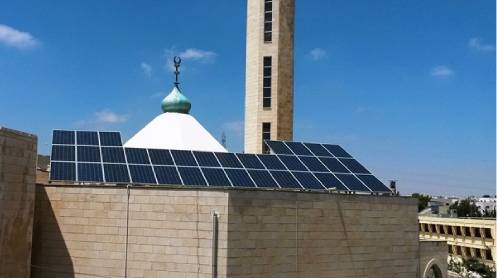PESHAWAR: The Khyber Pakhtunkhwa (KP) government has initiated several solar energy projects to address electricity issues in the merged tribal districts, with some projects already successfully completed.
To date, 900 mosques and places of worship in these districts have been converted to solar energy, generating 1.73 MW of electricity daily and saving millions of rupees monthly.
In the current year, the KP government plans to shift 1,100 schools and 3,050 mosques in the Khyber district to solar energy. Additionally, business centers will be connected to solar mini-grids.
Haji Iqbal Afridi, a National Assembly member from the Khyber district, emphasized the commitment to fulfilling promises made to the residents of the merged tribal areas. He shared these views during a meeting focused on the progress of ongoing solarization projects in the Khyber district, overseen by PEDO, a sub-entity of the KP Energy & Power Department.
The meeting, held under the direction of Secretary E&P Nisar Ahmad Khan, included representatives from the national and provincial assemblies of the Khyber district. Attendees included Chief Executive of PEDO Engineer Riaz Ahmed Jan, Chief Planning Officer of the Energy Department Dr. Mohammad Kashif Khan, Project Director of Solar Energy Engineer Asfandyar Khan, and NRTC representative Aamir Afridi.
Project Director Engineer Asfandyar Khan briefed the attendees on three major solar energy projects in the Khyber district: the construction of a mini-grid in Bara bazaar, solarization of 1,100 schools, and 3,500 mosques. The transmission line work is in its final stages, and the projects are expected to be completed by the end of the year.
The meeting also included detailed discussions on the installation of solar systems and other related issues, such as identifying the mosques and schools to be solarized.
These initiatives reflect the KP government’s ongoing commitment to sustainable energy solutions and improving the quality of life in the merged tribal districts.





